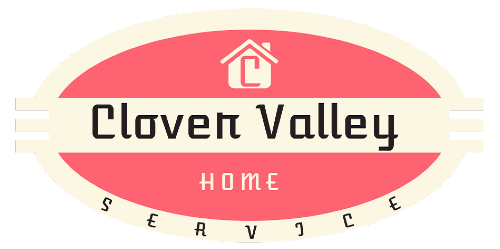Water Damage Restoration: Steps to Recovery
After water removal, air movers and dehumidifiers dry remaining moisture. Monitoring humidity prevents mold and structural damage.
Water damage can cause significant disruption and extensive harm to homes and properties. Whether resulting from natural disasters, plumbing failures, or accidental leaks, promptly addressing water damage is crucial to minimize long-term impacts. Understanding the stages of water damage restoration can help homeowners and property managers navigate the recovery process effectively. Teaming with a professional water damage restoration company and a general contractor can facilitate a thorough and efficient restoration.
Assessment and Inspection
The first stage in water damage restoration is a comprehensive survey of the affected areas. A professional water mitigation company conducts a detailed evaluation to determine the damage's extent and identify the water intrusion's source. This assessment helps formulate an effective restoration plan. The professionals can use advanced tools such as moisture meters and thermal imaging cameras to locate hidden moisture and assess structural damage that may not be immediately visible.
Water Removal and Extraction
Once the assessment is complete, the next step is water removal and extraction. Removing standing water is essential to prevent further damage and inhibit mold growth. Specialized equipment, such as submersible pumps and industrial-grade wet/dry vacuums, is used to remove large volumes of water quickly and efficiently. A water damage restoration company certifies that the extraction process is thorough, reaching all affected areas, including basements and crawl spaces.
Drying and Dehumidification
After extracting the access water, the drying and dehumidification process begins. Even after visible water removal, moisture can remain in building materials and personal belongings. High-capacity air movers and dehumidifiers accelerate the drying process and eliminate residual moisture. Monitoring humidity levels and moisture content is essential to confirm that the affected areas are thoroughly dried. This monitoring assists in mold growth prevention and structural deterioration, which can result from prolonged exposure to moisture.
Cleaning and Sanitizing
Water damage often brings contaminants and debris into the affected areas. Cleaning and sanitizing are critical to restoring a safe and healthy environment. This process involves removing debris, cleaning surfaces, and sanitizing affected areas to eliminate bacteria, mold spores, and other harmful microorganisms. Specialized cleaning agents and antimicrobial treatments disinfect surfaces and personal belongings. A professional water damage restoration company confirms that the cleaning process meets industry standards, providing peace of mind that the property is safe for occupancy.
Restoration and Repairs
The restoration and repair phase begins once the affected areas are dry and clean. This phase involves repairing or replacing damaged building materials, such as drywall, flooring, and insulation. A general contractor can oversee the restoration work, coordinating with other professionals to ensure the repairs are completed to a high standard. This phase may also involve painting, installing new fixtures, and restoring the property to its pre-damage condition. The goal is to make the affected areas look and function as they did before the water damage occurred.
Mold Remediation
Mold growth is a common problem following water damage. Promptly addressing mold is crucial to prevent health issues and further property damage. If mold is detected during restoration, a specialized mold remediation team is called to remove it safely. This process involves isolating the affected areas, using specialized equipment to remove mold spores, and treating surfaces with antimicrobial agents to prevent potential growth. Mold remediation ensures that the indoor air quality is safe and that the property is free from mold-related hazards.
Preventative Measures
Taking preventative measures can help reduce the possibility of future water damage. Scheduled maintenance of plumbing systems, roofs, and gutters is essential to prevent leaks and water intrusion. Installing sump pumps, backflow valves, and other protective devices can help mitigate water damage during heavy rainfall or flooding events. A water mitigation company can provide recommendations for preventative measures and help implement solutions to protect the property from future water damage.
Insurance Claims Assistance
Handling insurance claims after water damage can be challenging. Many water damage restoration companies offer assistance with the insurance claims process, helping property owners document the damage, provide necessary evidence, and communicate with insurance adjusters. This support can streamline the claims process and help confirm property owners receive fair compensation for the restoration work.
Water damage restoration involves a series of critical steps, from assessment and water removal to drying, cleaning, and repairs. Teaming with a professional water damage restoration company and a general contractor can secure a thorough and efficient restoration process. Property owners can protect their homes and investments from further harm by quickly addressing water damage and taking preventative measures. Comprehensive water damage restoration restores the property to its pre-damage condition and provides peace of mind that the home is safe and secure.
The team of skilled technicians at Clover Valley Home Services has the right tools and expertise for mold remediation, water damage restoration, and leaky house detection. Free estimates available. Call today!

